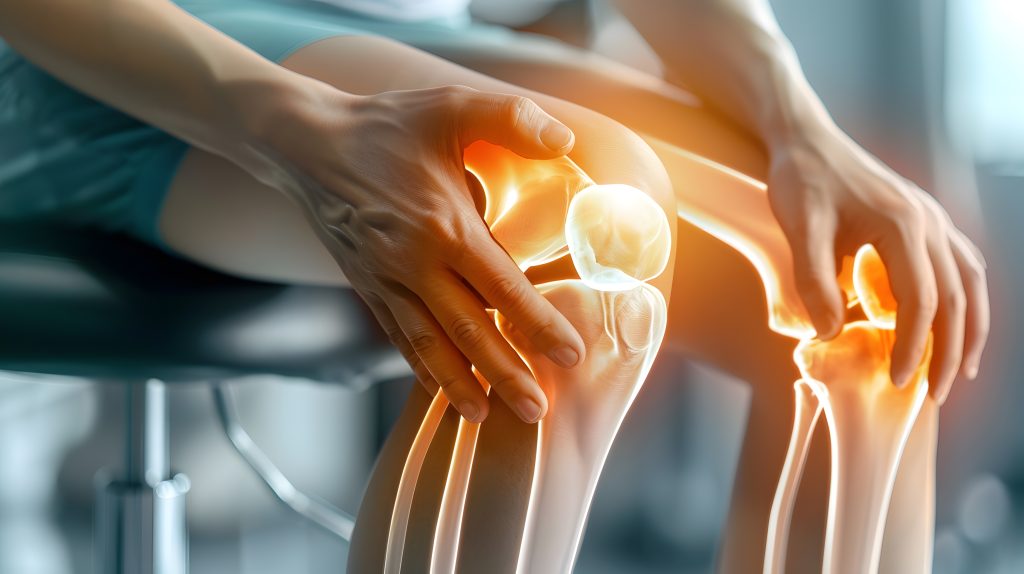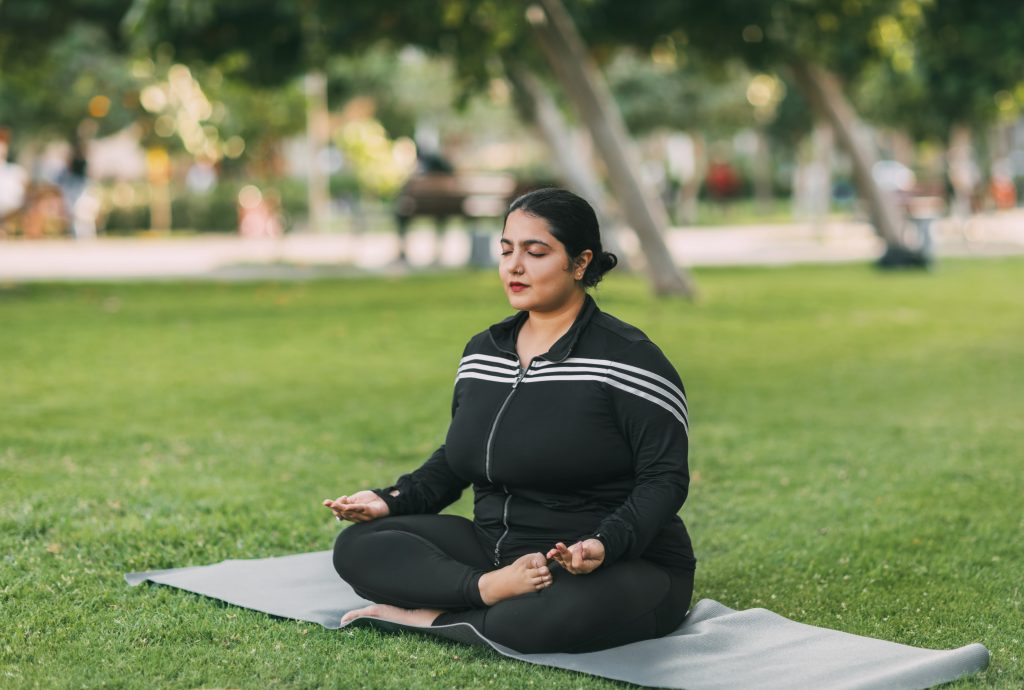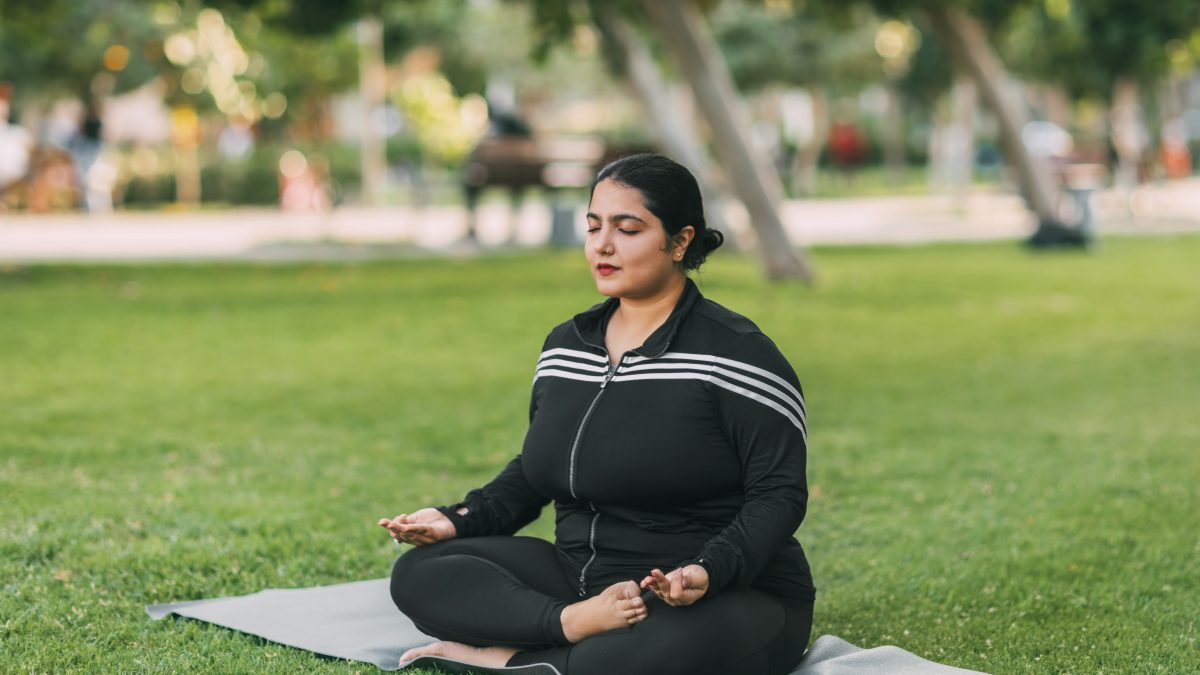- Have any questions?
- (+91) 02792 230240
- info@smcgh.edu.in

Screen Time and Eye Strain: What to Look Out For
August 5, 2024
Mental Health Challenges AmongSchool Children
August 13, 2024Our bones provide the framework for our body, allowing us to move, protect our organs, and store critical minerals. Our skeletal system is a live, fundamental structure that is constantly replenished. When old bone tissue breaks down, they are naturally replaced with new bone tissue, a process known as remodelling. This balance is essential for preserving bone density and strength. If you think that avoiding fractures is the sole precaution associated with bones, you may be wrong. Interestingly, many influential factors can prevent bone damage.

Did you know?
- Osteoporosis, a condition that weakens bones, is not a natural part of ageing.
It can be prevented with the right measures and care. - Women are more prone to develop osteoporosis because the hormonal
changes that occur during menopause have a direct effect on bone density.
Around 61 million people in India are diagnosed with this condition, out of
which 80% are women. - Unfortunately, osteoporosis is often asymptomatic in its early stages.
- It is a misconception that bone fractures can only happen due to falling. Weak
bones can break during everyday activities as well.
Nutrients that strengthen
- Calcium: It is the fundamental material in the formation of bone structures.
However, the human body can’t make calcium; the only source is a good diet and
supplements. It can be obtained from dairy products, leafy green vegetables, and
almonds. - Vitamin D: It enhances the body’s ability to assimilate calcium. It also protects
elderly people from osteoporosis. Sunlight and foods, such as fatty fish and egg
yolks, are two examples of sources. Vitamin D fortification is also added to some
packaged foods; nevertheless, always check the label. - Phosphorus and magnesium: Calcium is better absorbed and integrated into the
bones more easily when magnesium transforms vitamin D into its active form. As a
component of the bone mineral matrix, phosphorus works in tandem with calcium to
strengthen and fortify bones. Lean meats, fish, nuts, seeds, and whole grains are
some good sources. - Vitamin K: It is essential for the metabolism of bones and reduces osteoporosis
risk. Broccoli, Brussels sprouts, and other green vegetables all include it. - Protein: Since protein makes up about 50% of bone volume, a lack of it in your
diet would result in bone loss. Include dairy, eggs, legumes, quinoa, seeds, and nuts
in your diet. - Omega-3 fatty acids: They help in the development and maintenance of bone,
minimise inflammation, and enhance calcium absorption. Sources include fatty fish,
flaxseeds, and walnuts, which provide good bone mineral density with high bone strength.
Healthy food, healthy bones
- Balanced meal: Your diet should consist of proteins, carbohydrates, fats, vitamins,
and minerals in order to gain most of the required daily nutrients. - Avoid low-calorie diets: Low-calorie diets—less than 1000 calories per day—have
been proven to decrease bone density and metabolism. Further, it causes more
hunger and stress. - Water: Adequate hydration corresponds to the health of all body tissues, including
bones. It is recommended to drink at least 8 glasses of water a day. - Healthy snacks: What you eat throughout the day matters. Instead of unhealthy
snacks, switch to bone-enhancing options like yoghurt with berries, nuts and seeds,
or vegetable sticks with hummus. - Reduce processed foods: High-sodium foods are linked to calcium being excreted
in your urine. Elimination of processed foods, which are very rich in sodium or
caffeine, is recommended since both decrease calcium levels in the body.

Your lifestyle matters
- Exercise: Aim for at least 30 minutes of moderate physical activity most days of
the week. Light exercises like walking, running and strength training, make the bones
act against gravity thus stimulating bone-forming cells, to make bones stronger.
Resistance training incorporated in your regular fitness activities can also help in
another way of increasing muscle mass thus enhancing and shielding your bones. - No smoking and drinking: Smoke and excessive alcohol can compound the
problem of reduced bone densityAvoiding these can add a lot to good bone health. - Maintain a healthy weight: Being underweight and overweight has a negative
impact on bone health. Eating a balanced diet with regular exercise helps one to be
adequately weighed.

Conclusion
According to the National Institute of Arthritis and Musculoskeletal and Skin Diseases, it is common to attain peak bone strength and density in the mid to late 20s. Hence, it becomes even more important to nourish your body with the correct nutrients and engaging in physical activity can help delay or avoid bone fractures later in life.
While dietary and lifestyle changes can help you unlock better bone health, you must also schedule routine check-ups with your doctor. It will help check for the early signs of osteoporosis or other conditions affecting the bones. Taking care of your bones is a lifelong commitment, but comes with the greatest rewards of improved mobility and reduced risk of injury. Make these changes now to have a healthier tomorrow.




